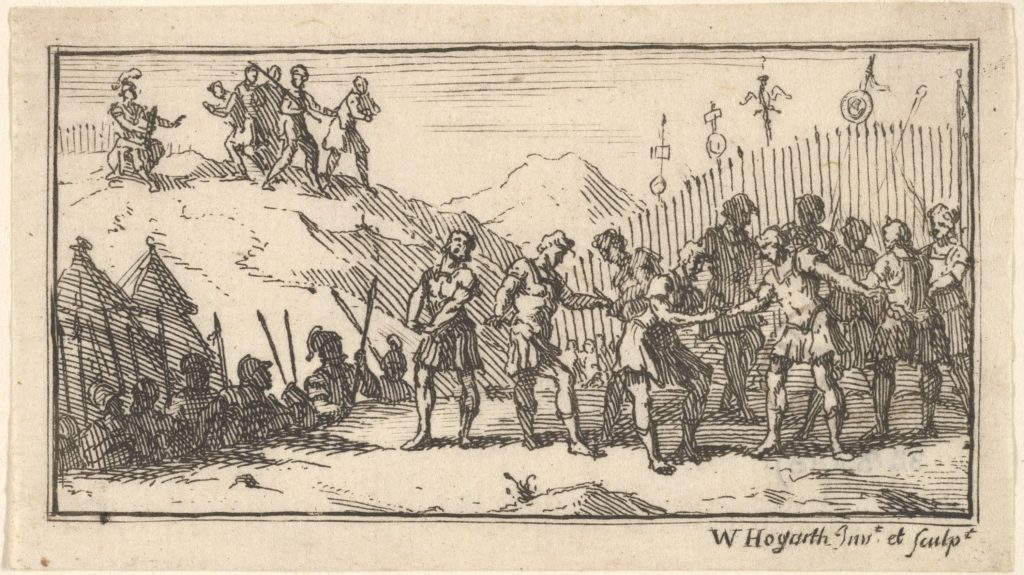Last updated on September 5th, 2024 at 10:16 pm
The Roman Empire spanned from the Middle East, across Northern Africa, into Northern Europe. Buildings and roads constructed as part of the empire’s expansion have survived thousands of years due to advanced Roman engineering, and ruins can be found across dozens of countries.
Here’s a list of 10 of the most interesting Roman ruins:
Colosseum
Considered one of the New 7 Wonders of the World despite being 1,952 years old, the Colosseum is the world’s largest amphitheater to this day.
Construction began in 72 CE under Emperor Vespasian and took eight years to finish. Once completed, the Colosseum became a central source of entertainment in the Roman Empire.
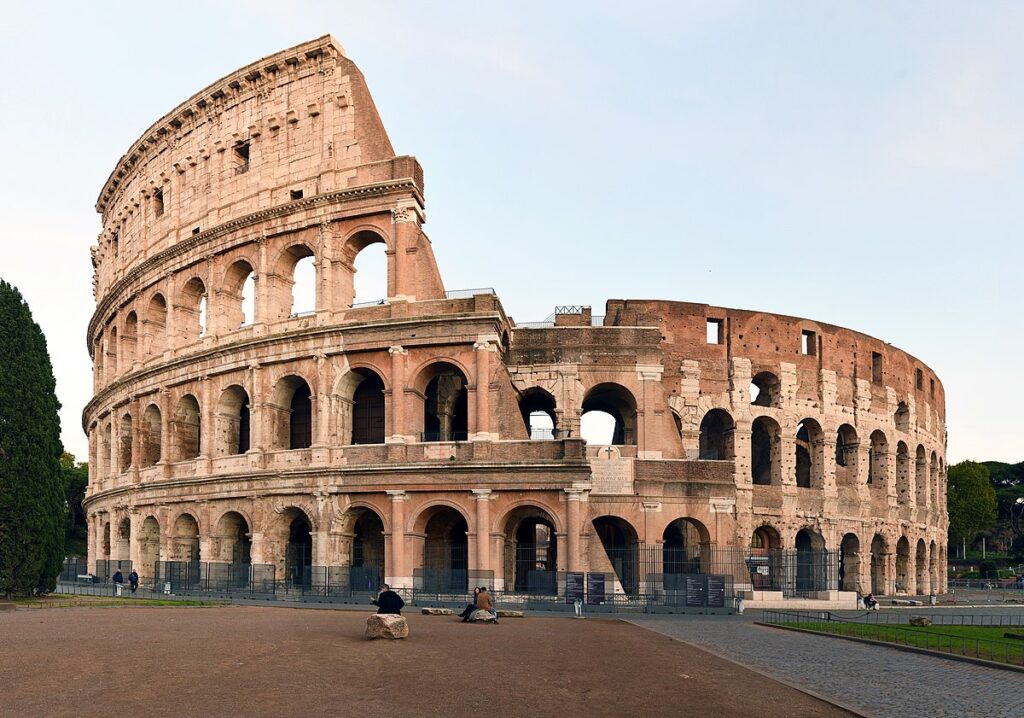
An estimated 50,000-80,000 attendees would gather to watch gladiator battles, historical reenactments of famous battles, and other public spectacles. Sometimes the Romans would even flood the stadium and hold sea battles or release wild animals like lions for hunters to fight.
The Colosseum served as an entertainment venue for about 500 years and ever since has been used for public services and religious purposes. Today, the Colosseum is one of the most visited tourist attractions in the world and annually hosts a reenactment of the death of Jesus at Easter time.
Hadrian’s Wall
The Roman Empire spanned a vast area, reaching from the Middle East to Portugal and from Northern Africa to the British Isles. Of all of the ever-shifting borders of the empire, Hadrian’s Wall is likely the most famous.
In 43 CE, the Romans began marching north through what is now Britain, conquering the land occupied by the Celtic Britons. While Roman advances would make their way into what is northern Scotland many times, the firmly controlled border of the empire fell far short of the northern coast, instead standing near the current-day border between Scotland and England.
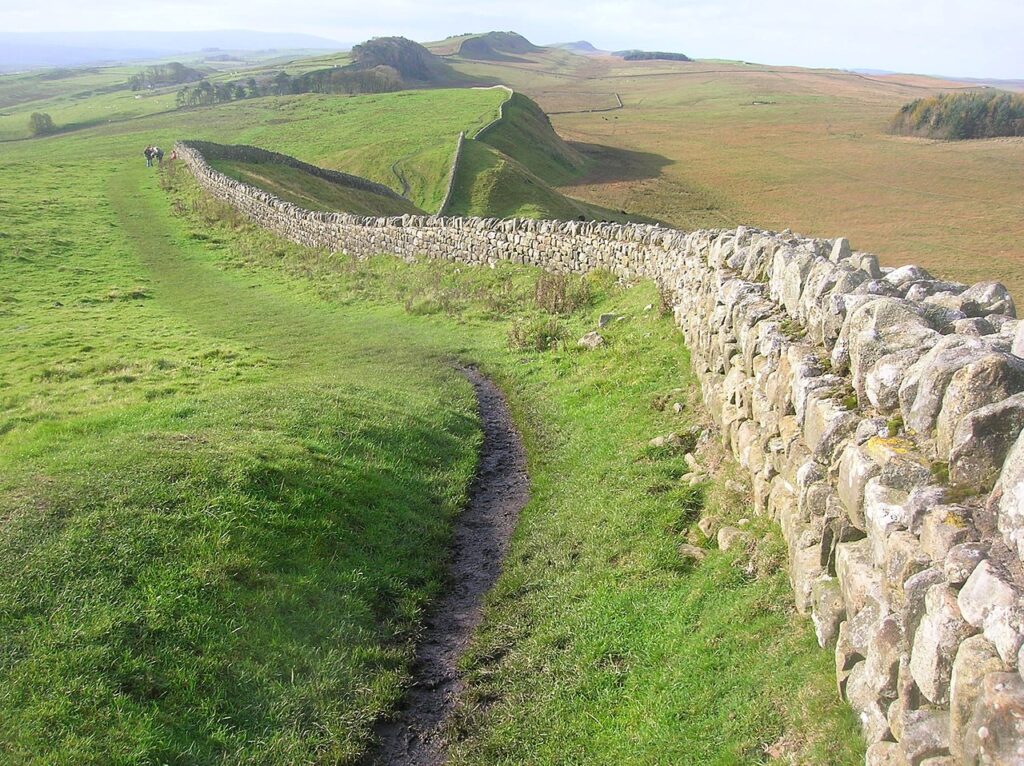
Although the border fluctuated northwards occasionally, Hadrian’s Wall became the consistent marker of Roman influence in the region.
The 80-mile-long wall still stands today, although many buildings where the soldiers lived or stood guard have since disappeared. But you can still stand where Roman soldiers waited in anticipation of barbarian attacks and experience a small piece of Roman legionnaire life.
Pompeii
In 79 CE, the skies above Pompeii turned dark as the nearby Mount Vesuvius unloaded upwards of 20 feet of ash in a nearly 6-mile radius around the volcano. Everyone and everything nearby was completely buried, wiped off the face of the earth.
The site would not be fully rediscovered for another 1500 years, and not archeologically excavated for another 200 after that. Nowadays, the city has been almost completely excavated and visitors can experience the city in a time capsule.

Buildings, food, and even bodies were preserved perfectly within the ash, with visitors able to witness people’s final moments in the face of a disaster. Mosaics are still present in full color, food stands prepared on tables where it was served, and people’s ash-covered bodies lay in the positions they took to hide from the blast.
It is a humbling experience that captures the horror of natural disasters while also providing direct insight into the lives of Ancient Romans.
The Pantheon
The Pantheon is a temple built in the first century CE in central Rome, named so for the statues of gods around the perimeter of the building. It has been repurposed over the years, serving as a temple before becoming a church in 609 CE, and is home to the remains of two of Italy’s kings.
Today the Pantheon is a Catholic church, but visitors are still welcome to come and marvel at the soaring dome and classical Roman architecture that are its claim to fame.
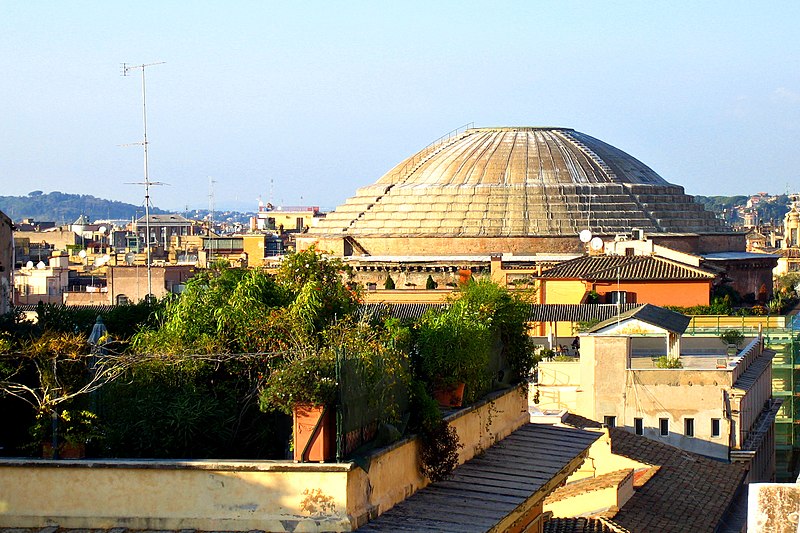
Since its construction, the Pantheon has remained the world’s largest unreinforced concrete dome roof, a fact that attracts over six million visitors a year.
The dome is a feat of engineering; workers used heavier concreted around the base of the dome and lighter, porous rock towards the top, easing stress on the dome. There is also an oculus (a cut-out round hole) at the peak of the dome which also eases tension. As a result, rain can fall into the building which is equipped with drains on the floor, meaning visitors should bring a jacket when they visit.
Roman Catacombs
From the second to fifth century CE, Roman Christians buried their dead in expansive underground catacombs just outside of Rome while separate catacombs also held the remains of Jews and certain pagan sects. Christian practice required the dead to be buried, not burned, but Roman law forbade the disposal of bodies within the city limits.
As a solution, an extensive series of underground tunnels were excavated outside the city with slots for people to inter their dead.
There are over sixty catacombs surrounding the city of Rome, of which five are open to the public: the catacombs of San Sebastiano, San Callisto, Priscilla, Domitilla, and Sant’Agnese. Many of the artifacts the dead were buried with have been either looted or recovered, but many of the inscriptions marking who the deceased were remain.
Visitors can wander the damp passages and peer into the slots in the walls that hold the bodies, experiencing the morbid reality of burial grounds.
Roman Forum
While the Roman Empire spanned thousands of miles, the ruins of its beating heart remain in the center of Rome itself: the Roman Forum. Surrounded by religious, government, and commercial buildings, the Forum was the main venue for social, political, and commercial aspects of Roman life.
In the Forum, government proceedings were debated and voted upon, and criminal trials were held; entertainment such as gladiatorial fights and theatre productions were put on; public celebrations were held; and vendors widely marketed their wares.
Most famously, Marc Antony’s funeral speech for Julius Caesar (that was later immortalized within Shakespeare’s Julius Caesar) was given at the Forum, after which a temple dedicated to Caesar was built nearby.
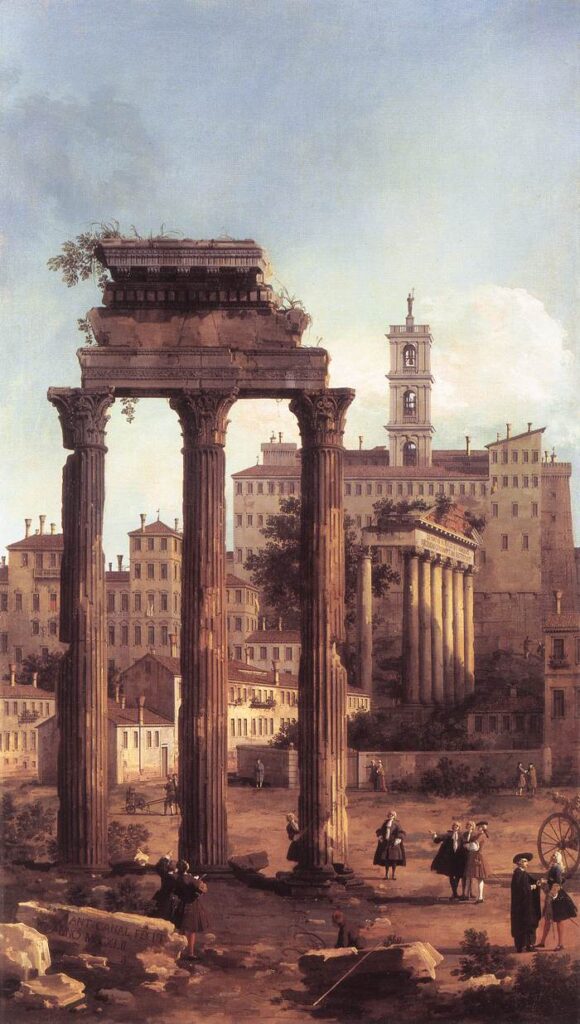
The forum continued to grow until 312 CE, mostly with honorific buildings that were more symbolic than functional. As a result, other forums became more relevant to daily operations of Roman life and the original forum was all but abandoned. By the 8th century it had begun to fall apart due to unuse.
While some efforts were made to preserve aspects of the forum, parts of the forum’s assorted buildings were dismantled for construction elsewhere over the years.
For the past 200 years archaeologists have worked to uncover the buildings and statues that remain in the area, including the famous Temple of Saturn. Today visitors can wander through the remains of almost two dozen ruins and imagine the hum of ancient Rome’s beating heart.
Appian Way
The rapid expansion of the Roman Empire is largely attributable to the efficiency of Roman roads. By approximately 500 BCE the Romans had mastered the construction of roads that would last centuries.
Over the next millennium they would construct a massive network that spanned continents that consisted of over 250,000 miles of road, leading to the popular adage “all roads lead to Rome.” The most famous of these roads, which helped expand Rome into the empire it became, is the Appain Way.
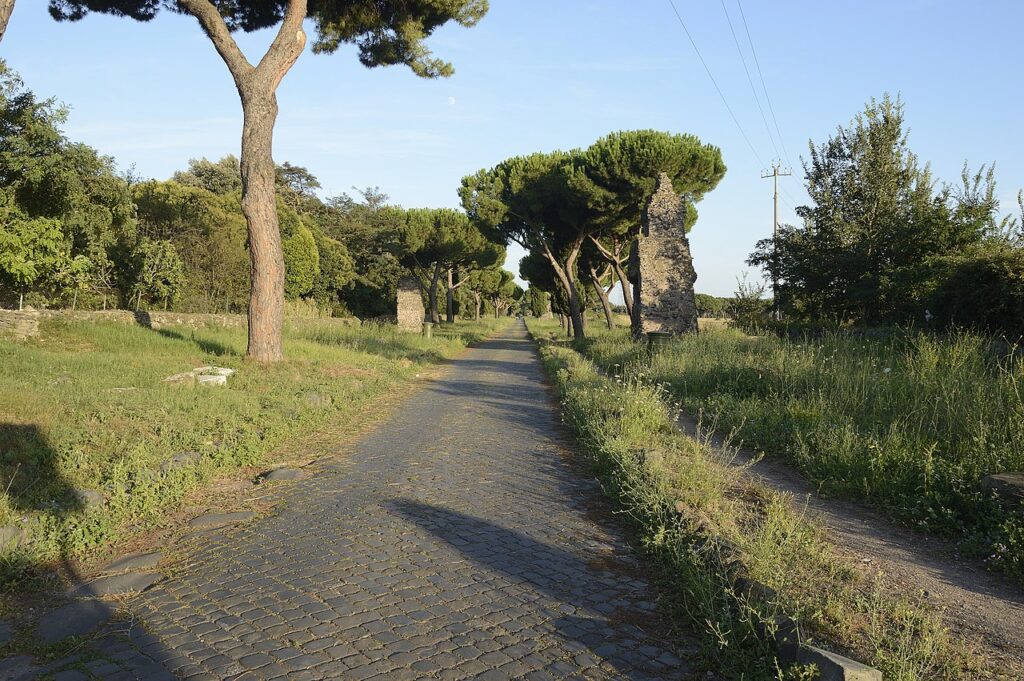
The Appian Way stretched from the city of Rome in what is now central Italy to Brindisi, a town in the southeast coast of Italy. The 430 miles of road was used to transport military units and equipment as well as commercial goods throughout southern Italy, even providing connection to Greece and Egypt from the ports in Brandisi.
The Western Roman Empire dissolved in the mid-fifth century and the road fell out of use, but was eventually revived in the 18th century when the New Appian Way was constructed nearby the first.
Now, the first few miles of the Appian Way, starting from the Roman Forum, are renovated and driven on today. Curious tourists are able ot investigate the ancient road with relative ease, although the remains of the road are not as centralized or well preserved as some other sites. However, the road was perhaps more influential to the formation of the Roman Empire than any other existing ruin.
Aqueduct of Segovia
Honored as an UNESCO World Heritage site in 1985, the Aqueduct of Segovia is a global symbol of the Roman Empire’s vast reach. Located in central Spain, the aqueduct is the most notable of Roman ruins scattered across Spain.
The symbolic image of the arched aqueduct is essential to the identity of the town of Segovia, to the point that it is featured on the town’s seal.
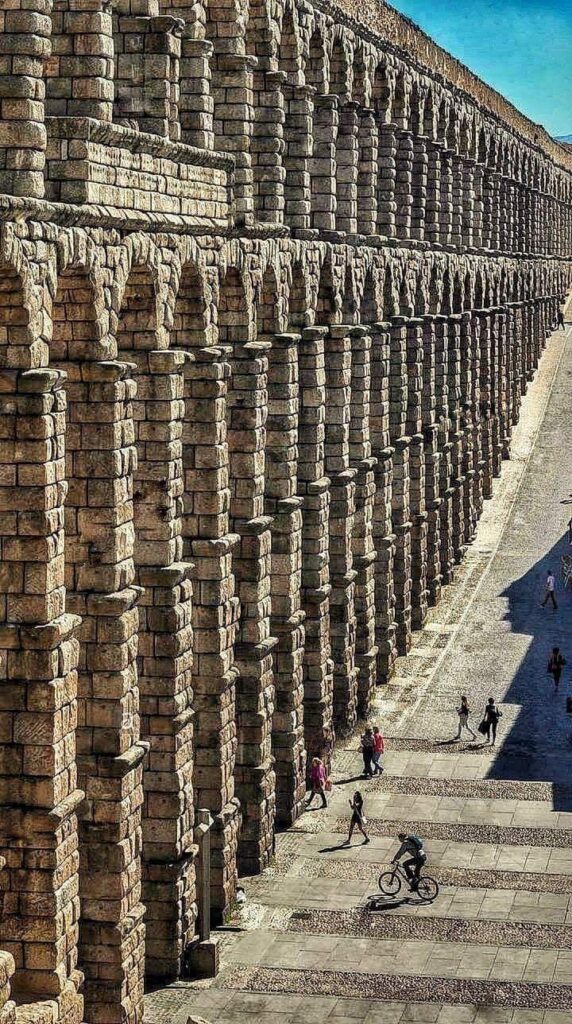
The aqueduct was one of dozens constructed across the Roman Empire, designed to supply the town with water for its public baths and sewage system. It carried water from springs in the mountains 11 miles away from the town down a long track supported by 167 arches.
The upper level arches are uniform, while the lower levels change to adapt to the landscape it passes over, creating a sense of movement along the length of the aqueduct as it approaches town.
Roman engineering was so effective that the Spanish continued to use the aqueduct until 1973, albeit with some repairs and additional construction through the years. But thanks to Roman construction and conservation efforts, today visitors can marvel at the towering aqueduct that looms large over the town of Segovia. You can walk alongside the aqueduct and note how
Domus Aurea
The Domus Aurea, or Golden House, was a vanity project constructed by Emperor Nero following the Great Fire of Rome.
Nero infamously played an instrument and sang while the city burned for nearly a week, after which he persecuted the Roman Christian population, blaming them for the destruction. But with over 70% of the city destroyed, including his previous palace the Domus Transitoria, Nero saw an opportunity to create the palace of his dreams.
Nero involved himself in every detail of the project, ensuring it was constructed exactly how he imagined. He adorned the halls and banquet areas with assorted gems and gold, designed to impress all who met with the emperor. The walls were covered with colorful frescos which have persisted for centuries.
Within a decade of Nero’s death the gaudy building was stripped of its jewels, as Nero and all he built was deemed an embarassment by successors. Going even further, the entire area of the city where the Golden House existed was reconstructed within half a century, replacing the vanity project with temples and baths, and replacing the manmade lake with an ampitheatre that could be flooded at will: the Colloseum.
The frescos were discovered by Renaissance artists and offered the first look at antiquity; before its discovery, artists could only read about Ancient Roman art. Today, the palace has been largely excavated and visitors are able to witness the giant, golden walls and colorful frescos which were preserved when the palace was buried.
Ostia Antica
Ostia Antica means “Ancient Ostia,” a city that is rumored to have been the first colony of Rome. Located only 16 miles away from the center of Rome, the city of Ostia acted as the main port of the empire, although in the modern era the city of Ostia is two miles from the coast due to the deposit of sediment. While Rome holds many ancient treasures, Ostia Antica is a fantastic nearby alternative for experiencing Roman ruins.

Since Ostia was removed from the central hustle and bustle of the city of Rome, its archeological ruins unveil new insights into Roman society and have been more or less undisturbed for centuries.
Similar to exploring Pompeii, the ruins found here allows visitors to experience an entire Roman town around them that is still standing.
The fact that the shoreline moved away from the town preserved it from the wear and tear of the ocean and protected the ruins from raiders. With theaters, forts, and mosaics, Ostia Antica offers plenty for visitors to experience by stepping into the past.

